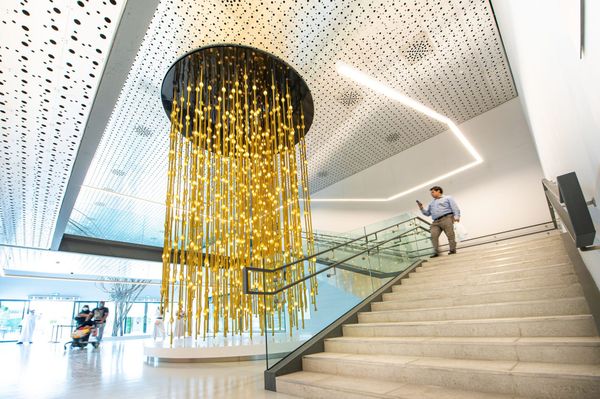The internet is abuzz with NFT creations, and the phenomenon of digital clothing can—perhaps all too soon—seem almost clichéd. In their latest collection, the Dress-coding team focuses not only on fashion innovation but also on sustainability and inclusivity. Fanni Huszár, project leader, and Emese Solti, communications manager, told us about the story of the first Hungarian virtual NFT clothing collection.
The Dress-coding initiative was launched at the beginning of the year with a dual mission: to raise awareness of the dressing habits and difficulties of people with special needs, and to demonstrate through projects that the combination of design and digital technologies can have a positive social impact. With this in mind, the team created their previous collection for a girl with scoliosis who wears a medical corset—this time they have taken a somewhat unconventional approach, and, in response to current trends, have placed their garments in the digital space.
In their new project, the team wanted to create a personalized outfit for Lia Sőrés—a painter with Down Syndrome, who wanted to wear a unique dress to a family member’s wedding. While designing the dress, they talked a lot to Lia’s family, who told them how nice it would be to display Lia’s unique designs on everyday objects. ”As sustainability and promoting digital manufacturing technologies are important to us, we started to focus more on these aspects in our designs. We wanted to implement our ideas in a ’dress-coding’ way,“ says Fanni.
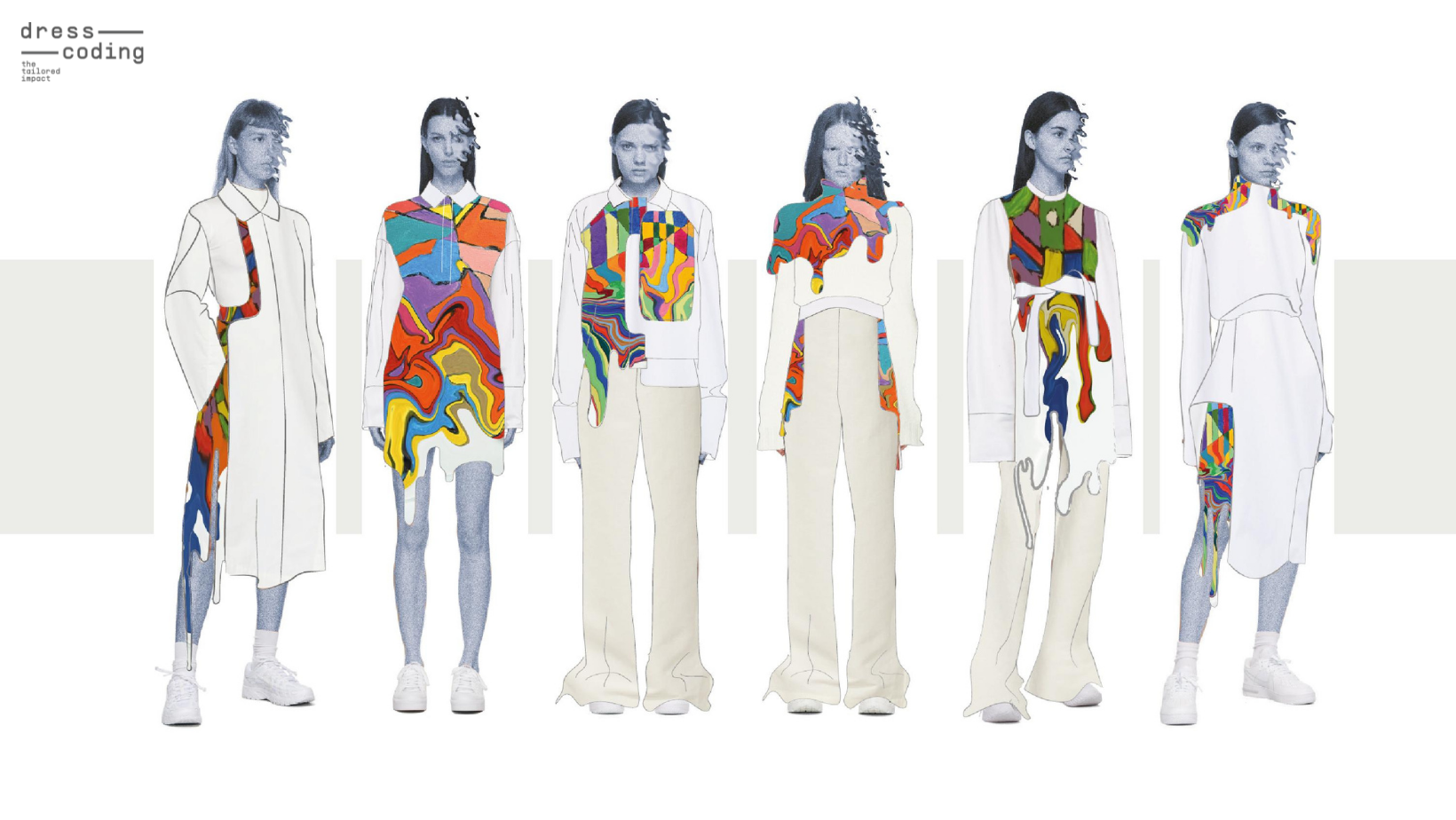
In response to recent events, the team started working on a digital NFT-based collection. ”COVID-19 has led to increasing pressure for digitalization even in traditional sectors such as fashion. There is now a general awareness among consumers about the environmental impact of the fashion industry and more and more people are looking for more sustainable alternatives. As designers, it is inevitable that we also think about the ecological footprint of our work. We have seen several examples abroad of brands coming out with digital collections yet none in Hungary, so it was inspiring to do something that hasn’t been done here before,” Fanni added.
But what exactly is a digital garment good for?
The clothes we wear are not just functional: they are also a means of expressing our identity. As Fanni said, ”if we think we don’t care about fashion and choose our clothes accordingly, that’s also a message, a statement of our values.” Many of us buy a piece of clothing just for a particular event, but would not otherwise incorporate it into our permanent wardrobe because it is uncomfortable, perhaps provocative and we no longer want to wear it—digital fashion, on the other hand, allows us to wear a different piece every day, or a piece of clothing only once, and to use fashion solely for self-expression, without any functionality or discomfort.
“In an ideal future, digital and physical clothes could complement each other well. I can imagine a future where our off-the-rack clothes are durable, functional and sustainable, while in the digital space we wear the extravagant creations of our favorite designer, or earthy fabrics and colors, according to our current mood. Obviously, digital pieces can never replace real clothes in terms of functionality, but it would already make a difference if on social media we wore clothes that do not generate waste. In addition to being sustainable, virtual fashion is also inclusive, as it is size-neutral and easily customizable, and it gives us more freedom in designing, as we can create silhouettes and shapes independent of the properties of the materials,“ Fanni said.
The designer also reminded us that, although we might not immediately realize it, digital objects also have an ecological footprint, especially when it comes to clothes sold as NFTs, but the scale of this footprint is incomparable to the environmental impact of physically manufactured clothes.
To create the virtual garments, the Dress-coding team used 3D modelling software. Also, for someone to wear a digital dress, they needed a photograph of the model in a relatively form-fitting outfit, with no very contrasting lighting. “Dressing“ the pictures is the bottleneck for the moment, as it is a time consuming and demanding task: the clothes first have to be rendered in the right position and angle, and then fitted to the pictures using Photoshop. With the development of AR applications, it will be possible to wear digital garments automatically and instantly: to this end, a platform for selling digital garments called DRESSX was launched back in August, but the team has not yet had the opportunity to test it.
NFT clothing for a good cause
To present the clothes, the team finally chose three subjects: fashion blogger Bence Csalár, digital artist Flóra Borsi and Veronika Kalász, a member of the Freekey group. Since her accident, as a disabled person, Vera has only been wearing sweatpants to keep herself comfortable, and she has been longing to wear prettier, more special pieces, which she can now do digitally.
“Inclusiveness has been one of the main pillars of our project from the very beginning. While it was important for us to realize this collection together with Lia, we also tried to choose the first wearers of the clothes to reflect an inclusive approach. Working with Vera Kalász has been an absolute pleasure; we are very happy to have got to know her, not to mention that it has been another opportunity to collaborate with the Freekey movement, whose objectives we proudly support”, said Emese Solti, Communications Manager at Dress-coding. She also added that digital solutions can make the process of choosing and buying clothes easier for a person with disabilities, and with the right technology they can even try on a particular item from home.
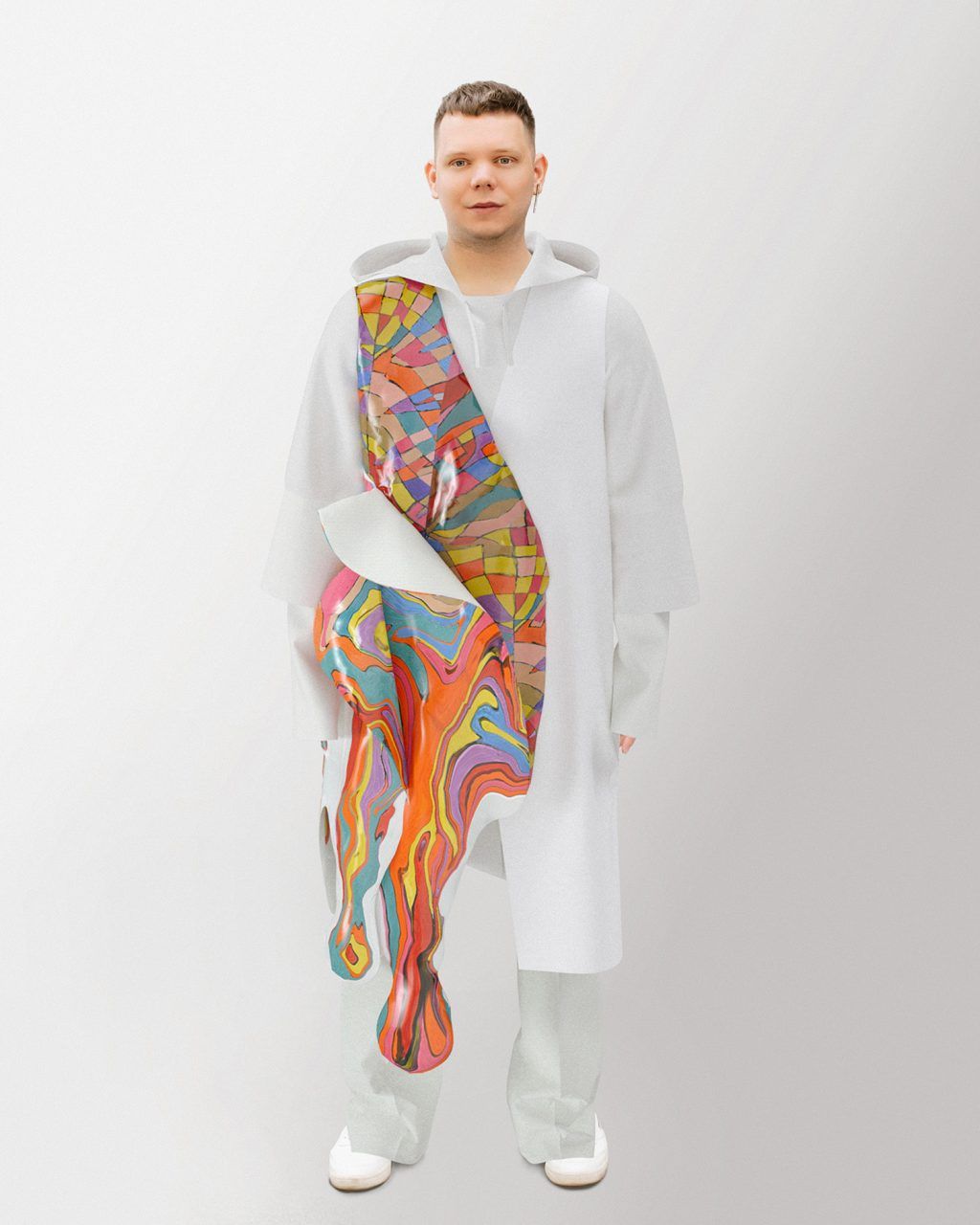

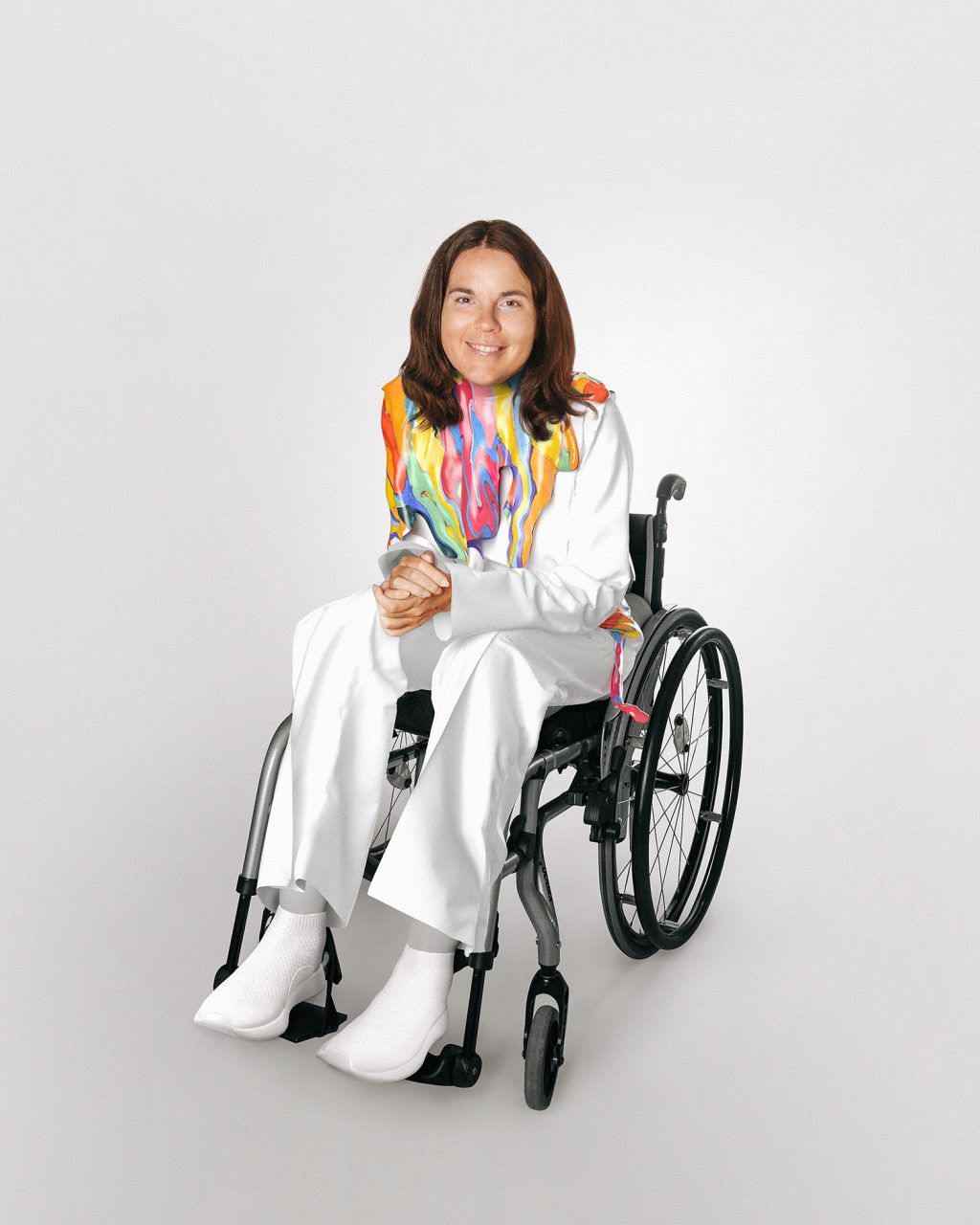
The pieces from the digital collection are auctioned as NFTs in an online auction: the first NFT was uploaded to the Foundation’s site on 4 November. Half of the proceeds will be used to support Lia Sőrés’ painting career and the other half to continue the project, which they hope will be worn by the new owners of the virtual dresses on one of their digital profiles. Dress-coding also plans to show the story behind the personalized dress they made for Lia, and early next year they will organize an exhibition to showcase their work in a completely new way.
Dress-coding | Web | Facebook | Instagram | YouTube
Our INCLUSIVE article series presents projects that raise awareness for the society-shaping role of design and that promote the social visibility of people with disabilities and their self-determination through the means of inclusive design.
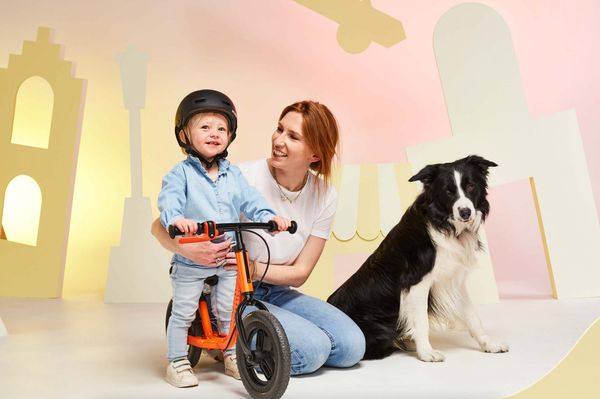
HIGHLIGHTS | Is this really how children see the world?

Favorite interiors of the week_86
